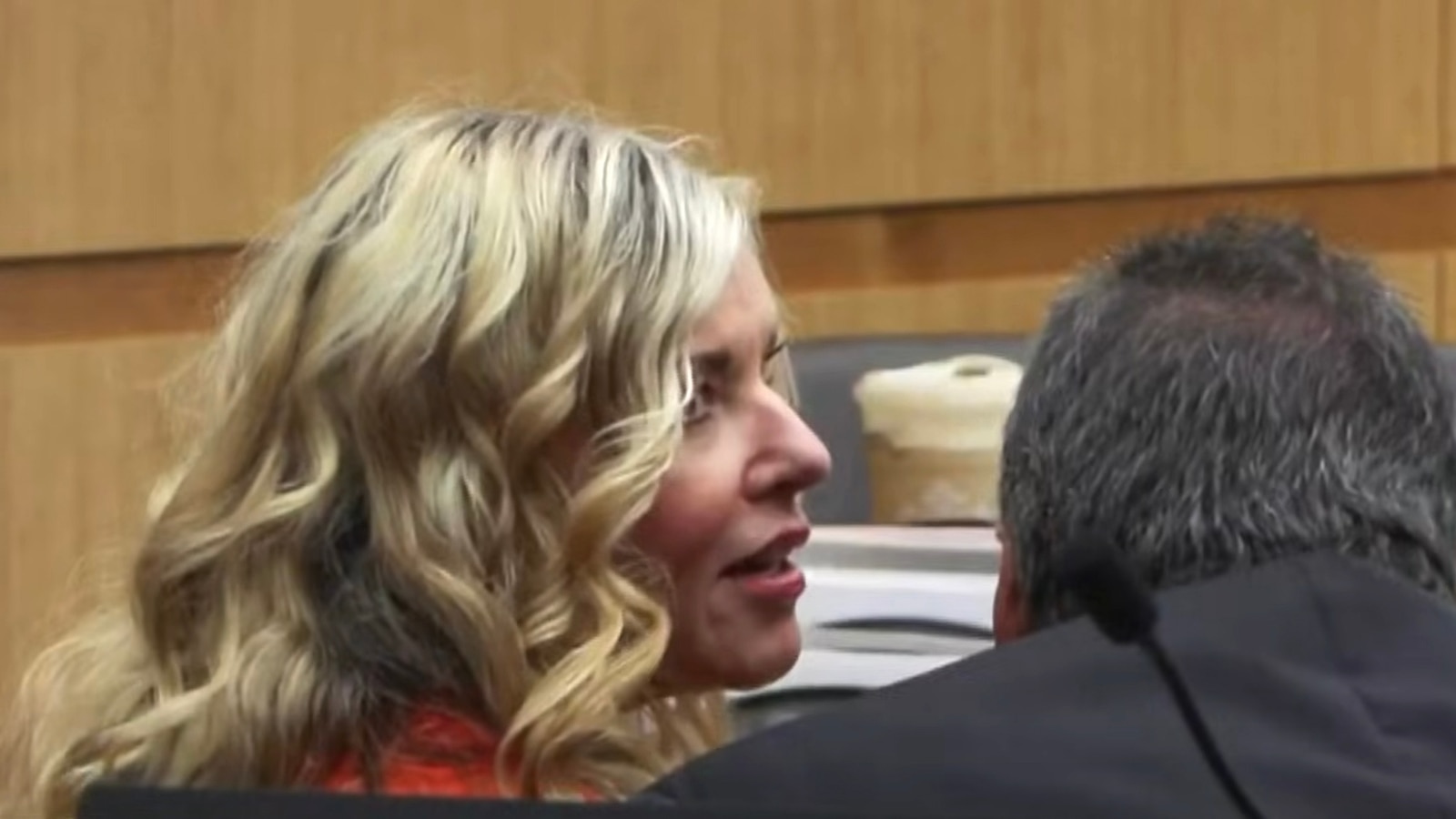What Happened
On June 12, 2025, U.S. District Judge Charles Breyer ruled that President Donald Trump unlawfully federalized members of California’s National Guard in response to ongoing protests against Immigration and Customs Enforcement (ICE) raids in Los Angeles. The ruling came after California Governor Gavin Newsom filed a lawsuit against Trump and Defense Secretary Pete Hegseth, asserting that the federalization of the National Guard exceeded the President’s statutory authority and violated the Tenth Amendment of the U.S. Constitution. Judge Breyer ordered the immediate return of control of the National Guard to the state, stating that federalism is not optional and that even the President cannot legislate by fiat.
The ruling has significant implications for the ongoing protests and the deployment of military personnel in domestic situations. Following the ruling, the Trump administration filed a notice of appeal, seeking to block the decision. The administration argued that the ruling intrudes on the President’s constitutional authority as Commander in Chief, particularly in the context of protecting federal officials and property during civil unrest.
Key Details
-
Judge’s Ruling: Judge Charles Breyer’s 36-page ruling concluded that Trump’s actions were illegal, stating, “His actions were illegal—both exceeding the scope of his statutory authority and violating the Tenth Amendment to the United States Constitution.” The ruling mandated that control of the California National Guard be returned to Governor Newsom “forthwith.”
-
Context of Deployment: The National Guard was initially federalized to assist with civil unrest following protests against ICE’s immigration enforcement policies. The protests had escalated into riots, prompting the federal response.
-
Appeal Process: The Trump administration quickly sought to appeal the ruling, arguing that it would impede the President’s ability to manage national security and civil order. The administration indicated it would escalate the matter to the Supreme Court if necessary.
-
Public Sentiment: Polls indicated significant public disapproval of the National Guard’s deployment and Trump’s immigration policies. Advocacy groups reported that service members expressed discomfort with being used in a domestic policing role, feeling that their deployment was politically motivated rather than a necessary response to civil unrest.
Multiple Perspectives
The ruling has drawn varied reactions from political leaders and advocacy groups. Governor Gavin Newsom expressed gratitude for the ruling, framing it as a victory for constitutional governance and a pushback against what he described as authoritarian tendencies from the Trump administration. He emphasized that the military should not be deployed against American citizens and criticized the federal government’s handling of the situation.
Conversely, the Trump administration and its supporters argue that the ruling undermines the President’s authority to respond to civil unrest and protect federal property. They contend that the deployment of the National Guard was necessary to maintain order during a time of heightened tensions and violence.
Military advocacy groups have also weighed in, highlighting concerns among service members about being drawn into domestic law enforcement roles. They argue that the military’s involvement in civil unrest blurs critical lines between military and civilian responsibilities, which could have long-term implications for military culture and public perception.
Context & Background
The ruling comes amid a broader national conversation about the role of military forces in domestic affairs, particularly in the context of civil rights and public safety. The deployment of the National Guard and federal troops in response to protests has been a contentious issue, raising questions about the appropriate use of military force in civilian contexts.
Historically, the use of military personnel for domestic law enforcement has been fraught with challenges, as seen during the 1992 Los Angeles riots. The complexities of integrating military and police operations can lead to misunderstandings and escalations, as highlighted by past incidents where military personnel were involved in crowd control.
The ongoing protests in Los Angeles were initially sparked by aggressive immigration enforcement actions by the Trump administration, which many activists view as part of a broader pattern of authoritarian governance. The public’s response has included widespread demonstrations and calls for accountability regarding immigration policies and police practices.
What We Don’t Know Yet
As the situation develops, several uncertainties remain. The outcome of the Trump administration’s appeal to the Ninth Circuit Court of Appeals is pending, and it is unclear how quickly the court will act. Additionally, the implications of this ruling on future federal-state relations regarding the deployment of the National Guard in domestic situations are yet to be fully understood.
Moreover, the long-term effects on military morale and the perception of military involvement in civilian affairs remain to be seen. Advocacy groups are monitoring the sentiments of service members and their families, as the potential for further deployments in politically charged environments could lead to increased dissatisfaction within the ranks.
Finally, the broader political ramifications of this ruling, particularly in the context of the upcoming elections and the ongoing debates about immigration policy, will likely continue to evolve as public sentiment shifts and new developments arise.


